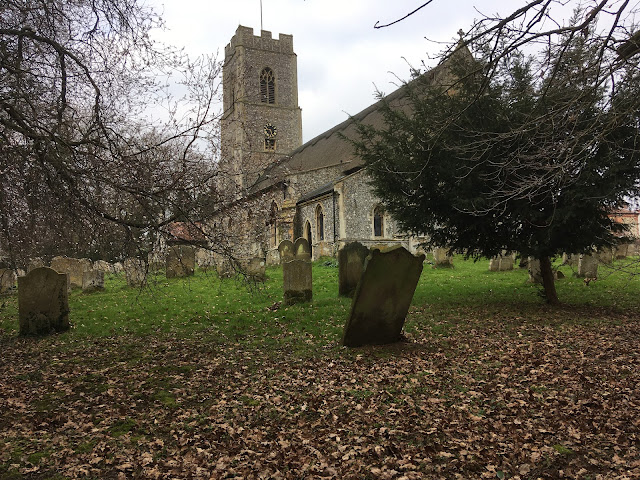#Lockdown Pilgrimage - Mothering Sunday

No chance of going anywhere today! I am socially isolating in advance of a small op' scheduled for tomorrow! So here I go - pilgrimaging on the internet! Sauntering ( Sainte terre ing )! I had planned to go to Hautbois Church, drawn there by a host of wild daffodils and a church dedicated to Jesus' mum. I was there at a similar time last year - see Annunciation Pilgrimage . But I wanted, more than anything, to pick up where I left off last Sunday, with that Roman brick in the wall of my mother church, St. John's; and to reflect on earlier generations of Mother Church. I am imagining the generations like so many Russian dolls one inside the other! We owe the life we live to them! Norfolk has no Roman or Post Roman church buildings, no great Constantinian brick built churches as in Trier and only the hint of their existence in the place names of villages. Norfolk has two Eccles , a name derived from the British word eclesia meaning church . Suffolk has one Ro...

